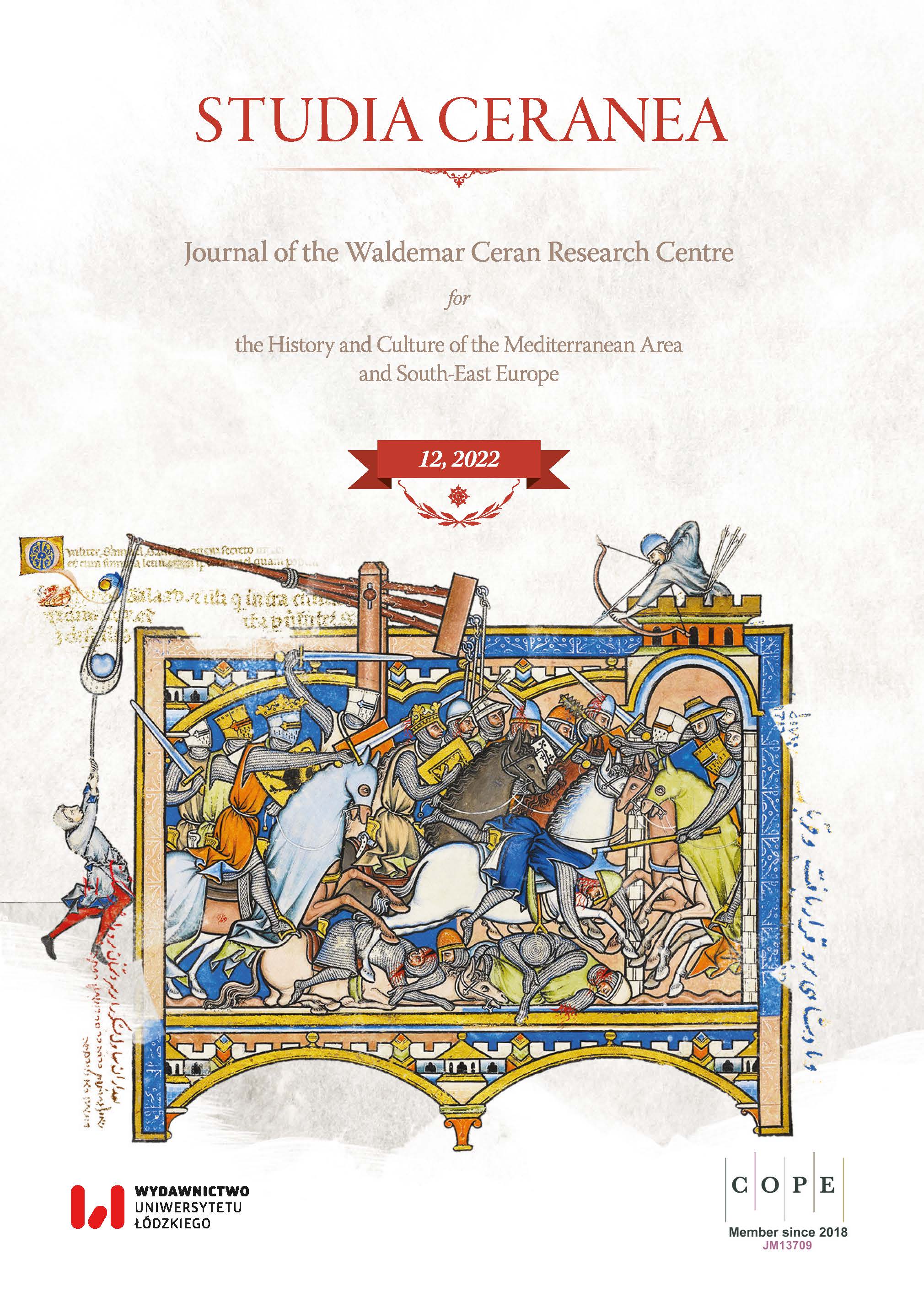Aconite – a Poison, or a Medicine? Ancient and Early Byzantine Testimonies
Aconite – a Poison, or a Medicine? Ancient and Early Byzantine Testimonies
Author(s): Krzysztof Jagusiak, Konrad Tomasz TadajczykSubject(s): History, Ancient World, Health and medicine and law
Published by: Wydawnictwo Uniwersytetu Łódzkiego
Keywords: aconite; ancient medicine; Byzantine medicine; toxicology; Roman law; Byzantine law
Summary/Abstract: Aconite (Aconitum napellus) was one of the most notorious, poisonous plants in the ancient world. Its dangerous, lethal power – present in leaves, roots, stem, and tuber – was well known to the Greeks and the Romans from the earliest times. Evidence of this phenomenon is not only present in archaeological findings, but also in many writings – biographies, poems, legal codes, etc. However, the most precise and detailed accounts come from treatises written by botanists, physicians and encyclopaedists, like Theophrastus, Nicander, Pliny the Elder, Dioscorides, or Galen, and by early Byzantine authors, Oribasius, Aetius of Amida, and Paul of Aegina. In their testimonies, one can find descriptions of aconite, its influence on the human body (and animals), and remedies for affected people. In contrast, there are few passages from these sources that inform the readers about the healing properties of aconite. According to these fragments, carefully administered, aconite could be helpful in some therapies, but its use was extremely hazardous, as even a small part of the plant could kill a man.
- Issue Year: 2022
- Issue No: 12
- Page Range: 119-134
- Page Count: 16
- Language: English

